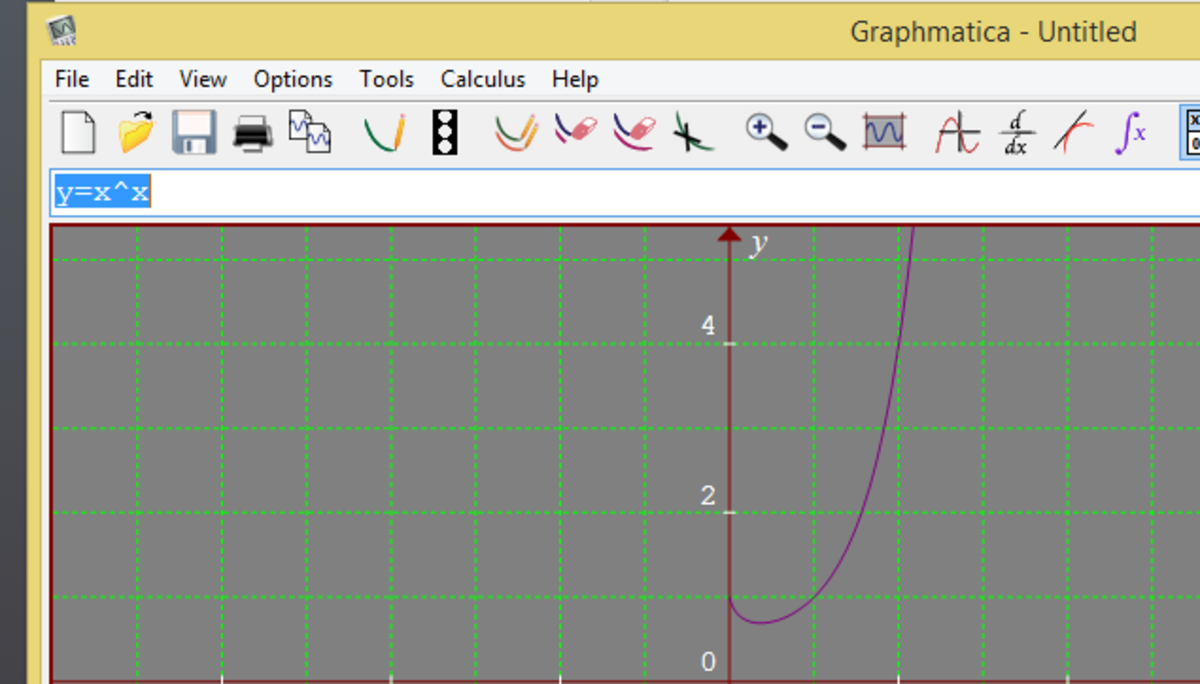Try not to use L'Hôpital!
Find the value of x → 0 + lim x x .
This section requires Javascript.
You are seeing this because something didn't load right. We suggest you, (a) try
refreshing the page, (b) enabling javascript if it is disabled on your browser and,
finally, (c)
loading the
non-javascript version of this page
. We're sorry about the hassle.
3 solutions
Moderator note:
Great simple approach. Sometimes, if a problem is complicated by 2 parts, we can try to separate out these issues and due with them individually. (Of course, this might not always work.)
Nice solution!!!!! I could never come up with such a simple and beautiful solution.
Log in to reply
You will. Just need more practice and learning. You are still very young.
Log in to reply
I overlooked it. This solution is invalid. You can't just substitute x = 0 to the index of the numerator but not to the base of the numerator. Either you write it as x x + 1 or 0 0 + 1 .
Log in to reply
@Kenny Lau – It is not 0 but 0 + ; it has a small positive value. It is of course undefined when x = 0 that is why the problem asks for x → 0 + . x → 0 is not the same as x = 0 . ∣ x → 0 ∣ has an infinitesimal value and = 0 . Therefore x x = 1 is always true so long as x has a value however small except = 0 . For x < < 1 , we can assume x + 1 = 1 . That is lim x → 0 x x = 1 and lim x → 0 x + 1 = 1 . This is the same as lim x → 0 sin x = x but sin 0 = 0 . This is because sin x = x − 6 1 x 3 + 2 4 0 1 x 5 − . . . For very small x , we can take x 3 = x 5 = . . . = 0 and sin x = x .
Log in to reply
@Chew-Seong Cheong – But... how do you know x x + 1 → x 1 ?
Log in to reply
@Kenny Lau – Like I have mentioned x is very, very, very... (infinitesimally) smaller than 1 so we can treat it as 0 when compared with 1 therefore, lim x → 0 ( x + 1 ) = 0 + 1 . We cannot say the same for x x because x compared with x is always 1 .

as x approaches to zero, y gets closer to 1
@Chew-Seong Cheong was the first one to post a solution that does not use L'Hôpital.
Maybe Squeeze Theorem would work, but I still cannot find a suitable lower bound. Below is the solution using L'Hôpital.
By the definition of real power: x x = exp ( x ln x ) where exp is the exponential function, equivalent to e x .
When x → 0 + , ln x → − ∞ . Therefore, this is an indeterminate form of 0 × ∞ .
It can be made to an indeterminate form of ∞ ∞ like this: x → 0 + lim exp ( x ln x ) = x → 0 + lim exp ( 1 / x ln x ) .
Applying differentiation to the denominator and the numerator: x → 0 + lim exp ( 1 / x ln x ) = x → 0 + lim exp ( − 1 / x 2 1 / x ) .
Simplify it to get lim x → 0 + exp ( − 1 / x 2 1 / x ) = lim x → 0 + exp ( − x ) .
Substitute x = 0 in to get 1 .
lim x → 0 + x x = lim x → 0 + x x + 1 − 1 = lim x → 0 + x 1 x x + 1 = x x = 1